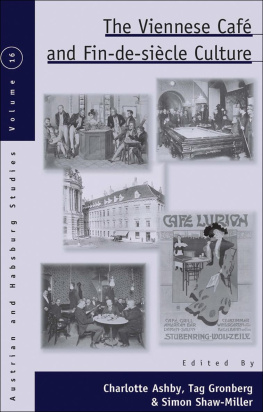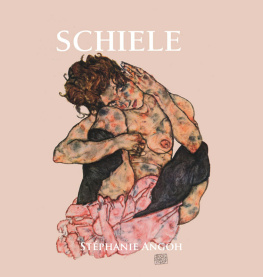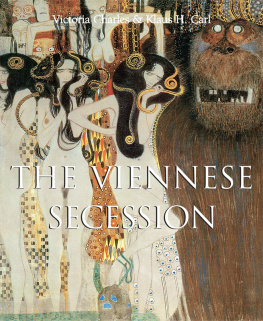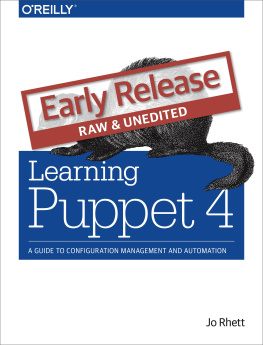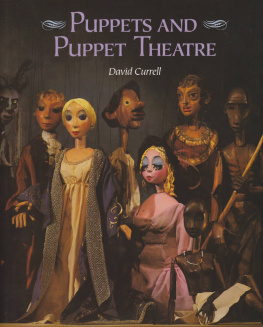Contents
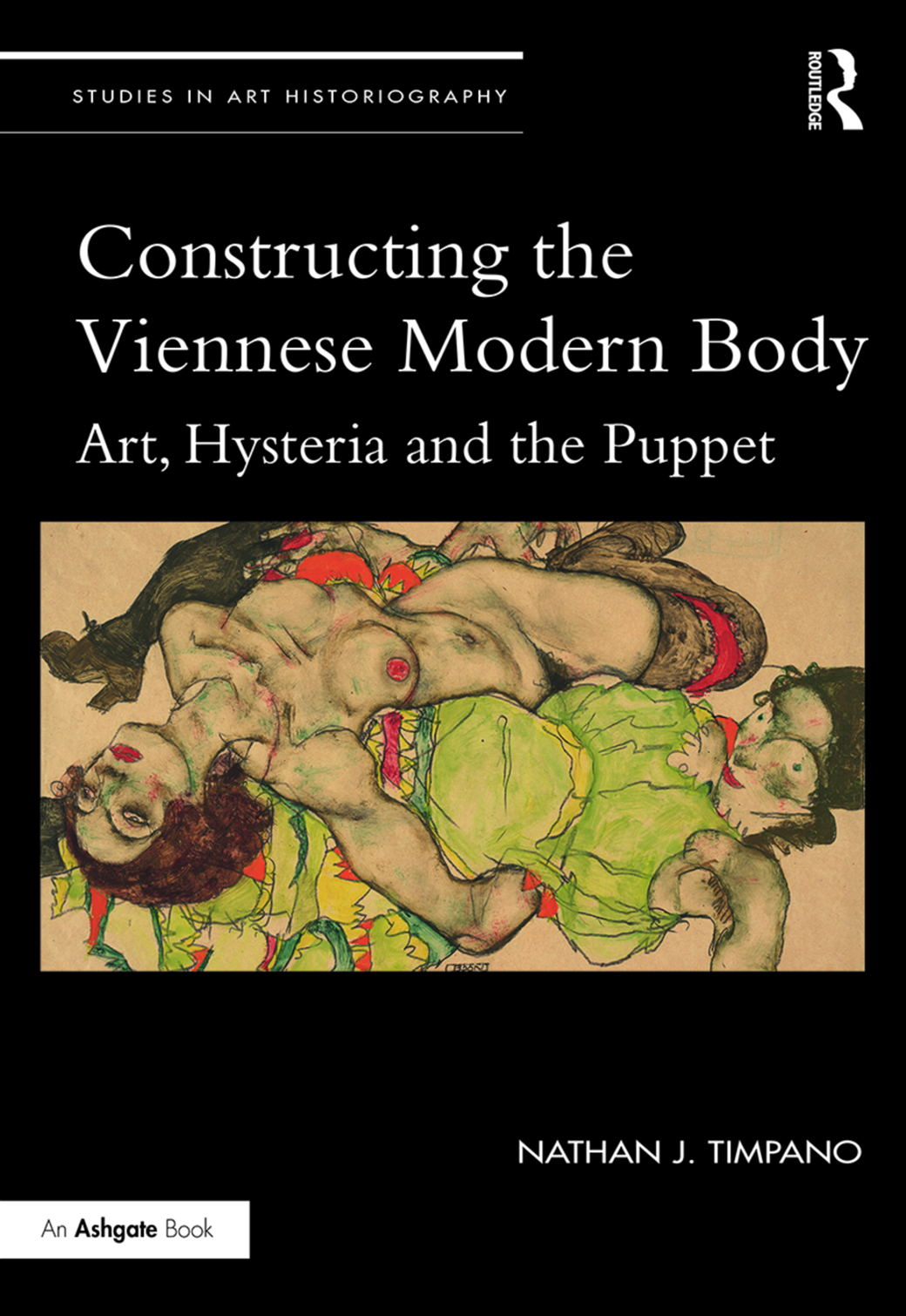
Constructing the Viennese Modern Body
This book takes a new, interdisciplinary approach to analyzing modern Viennese visual culture, one informed by Austro-German theater, contemporary medical treatises centered on hysteria, and an original examination of dramatic gestures in expressionist artworks. It centers on the following question: How and to what end was the human body discussed, portrayed, and utilized as an aesthetic metaphor in turn-of-the-century Vienna? By scrutinizing theatrically hysterical performances, avant-garde puppet plays, and images created by Oskar Kokoschka, Koloman Moser, Egon Schiele and others, Nathan J. Timpano discusses how Viennese artists favored the pathological or puppet-like body as their contribution to European modernism.
Nathan J. Timpano is Assistant Professor of Art History at the University of Miami.
Studies in Art Historiography
Series Editor: Richard Woodfield
University of Birmingham
The aim of this series is to support and promote the study of the history and practice of art historical writing focusing on its institutional and conceptual foundations, from the past to the present day in all areas and all periods. Besides addressing the major innovators of the past it also encourages the re-thinking of ways in which the subject may be written in the future. It ignores the disciplinary boundaries imposed by the Anglophone expression art history and allows and encourages the full range of enquiry that encompasses the visual arts in its broadest sense as well as topics falling within archaeology, anthropology, ethnography, and other specialist disciplines and approaches.
5 The Expressionist Turn in Art History
A Critical Anthology
Edited by Kimberly A. Smith
6 Mariette and the Science of the Connoisseur in Eighteenth-Century Europe
Kristel Smentek
7 Vladimir Markov and Russian Primitivism
A Charter for the Avant-Garde
Jeremy Howard, Irna Buinska, and Z. S. Strother
8 Architecture and the Late Ottoman Historical Imaginary
Reconfiguring the Architectural Past in a Modernizing Empire
Ahmet A. Ersoy
9 Michael Baxandall, Vision and the Work of Words
Edited by Pater Mack and Robert Williams
10 Circulations in the Global History of Art
Edited by Thomas DaCosta Kaufmann, Catherine Dossin, and Batrice Joyeux-Prunel
11 Video Art Historicized
Traditions and Negotiations
Malin Hedlin Hayden
Constructing the Viennese Modern Body
Art, Hysteria, and the Puppet
Nathan J. Timpano

First published 2017
by Routledge
711 Third Avenue, New York, NY 10017
and by Routledge
2 Park Square, Milton Park, Abingdon, Oxon OX14 4RN
Routledge is an imprint of the Taylor & Francis Group, an informa business
2017 Taylor & Francis
The right of Nathan J. Timpano to be identified as author of this work has been asserted by him in accordance with sections 77 and 78 of the Copyright, Designs and Patents Act 1988.
All rights reserved. No part of this book may be reprinted or reproduced or utilised in any form or by any electronic, mechanical, or other means, now known or hereafter invented, including photocopying and recording, or in any information storage or retrieval system, without permission in writing from the publishers.
Trademark notice: Product or corporate names may be trademarks or registered trademarks, and are used only for identification and explanation without intent to infringe.
Library of Congress Cataloging-in-Publication Data
A catalog record for this book has been requested
ISBN: 978-1-138-22018-8 (hbk)
ISBN: 978-1-315-41369-3 (ebk)
Typeset in Sabon
by codeMantra
I wish to acknowledge and thank the many individuals that contributed in significant ways to the realization of this book. My gratitude goes to Adam Jolles, Roald Nasgaard, Robert Neuman, and Natalya Baldyga for their many insightful comments on an early version of this project. I am indebted to Perri Lee Roberts, Mihoko Suzuki, and my colleagues at the University of Miami who offered thought-provoking feedback on my manuscript during my year as a faculty fellow at the Center for the Humanities. I am grateful for Matthew Armistead, who provided an adept eye as my proofreader; to my initial editor at Ashgate, Margaret Michniewicz, for her enthusiasm of this project; and to Isabella Vitti and the wonderful editors at Routledge, for their patience and professional expertise throughout this process. I am equally indebted to the outside reviewers of my manuscript, whose astute comments greatly enhanced and clarified my overall arguments, and to Richard Woodfield, who generously included my book in his Studies in Art Historiography series. I likewise offer much thanks to Christoph Brenner, Christina Stubenrauch, and Chris Vorstius, who aided me with particularly difficult German translations.
The writing of this book was made possible through the support of a number of national and international grants, including a Fulbright fellowship to Austria, a DAAD grant to Germany, and a Scholar-in-Residence grant from the Robert Gore Rifkind Center for German Expressionist Studies at LACMA. At the Rifkind Center, a number of stimulating conversations with Tim Benson and Erika Esau aided in the analyses presented in this book. I want to recognize, moreover, the following institutions that helped to facilitate research for this project: the Department of Art and Art History at the University of Miami, the Department of Art History at Florida State University, the Federal Republic of Germanys Deutscher Akademischer Austauch Dienst, the Austrian-American Fulbright Commission in Vienna, and the Harvard Art Museums at Harvard University. Thanks are especially owed to Laura Muir, curator at the Harvard Art Museums, for her guidance and support of this project during my tenure at the Busch-Reisinger Museum. Research for this book would not have been possible without access to a number of special collections and archives housed within the city of Vienna, including the collections of the sterreichische Nationalbibliothek, the Kunsthistorisches Museum Wien, the Theatermuseum, the Egon Schiele-Archiv at the Albertina Museum, and the library at the Institut fr Kunstgeschichte at the University of Vienna. I am indebted to these institutions for opening their doors and sharing their wealth of information with me.
Earlier versions of portions of in Body Doubles: The Puppe as Doppelgnger in Fin-de-Sicle Viennese Visual Culture, in The Doppelgnger, ed. Deborah Ascher Barnstone, vol. 3, German Visual Culture (Oxford and New York: Peter Lang, 2016), 11946.
Finally, my deepest gratitude goes to my wife, Kiara Timpano, for her unwavering support, continual encouragement, and wise observations, all of which contributed significantly to the fruition of this book.
Until a few years ago, the artist [Gustav Klimt] ranked as a second-tier modern master both at auction and in the estimation of most art critics and historians. Unlike another painting that was made in 1907, Picassos Demoiselles dAvignon, [Klimts] Adele was the climax, rather than the big-bang launch, of an era.


